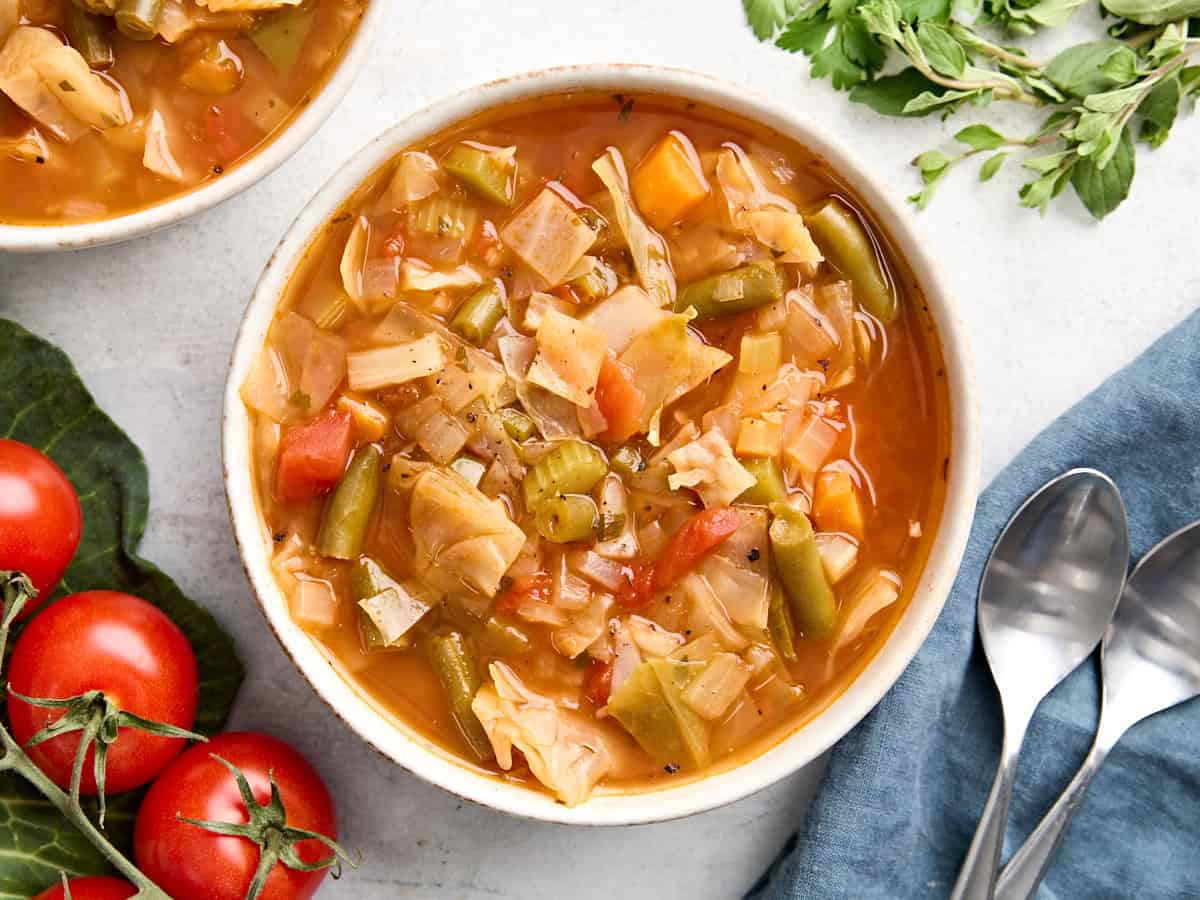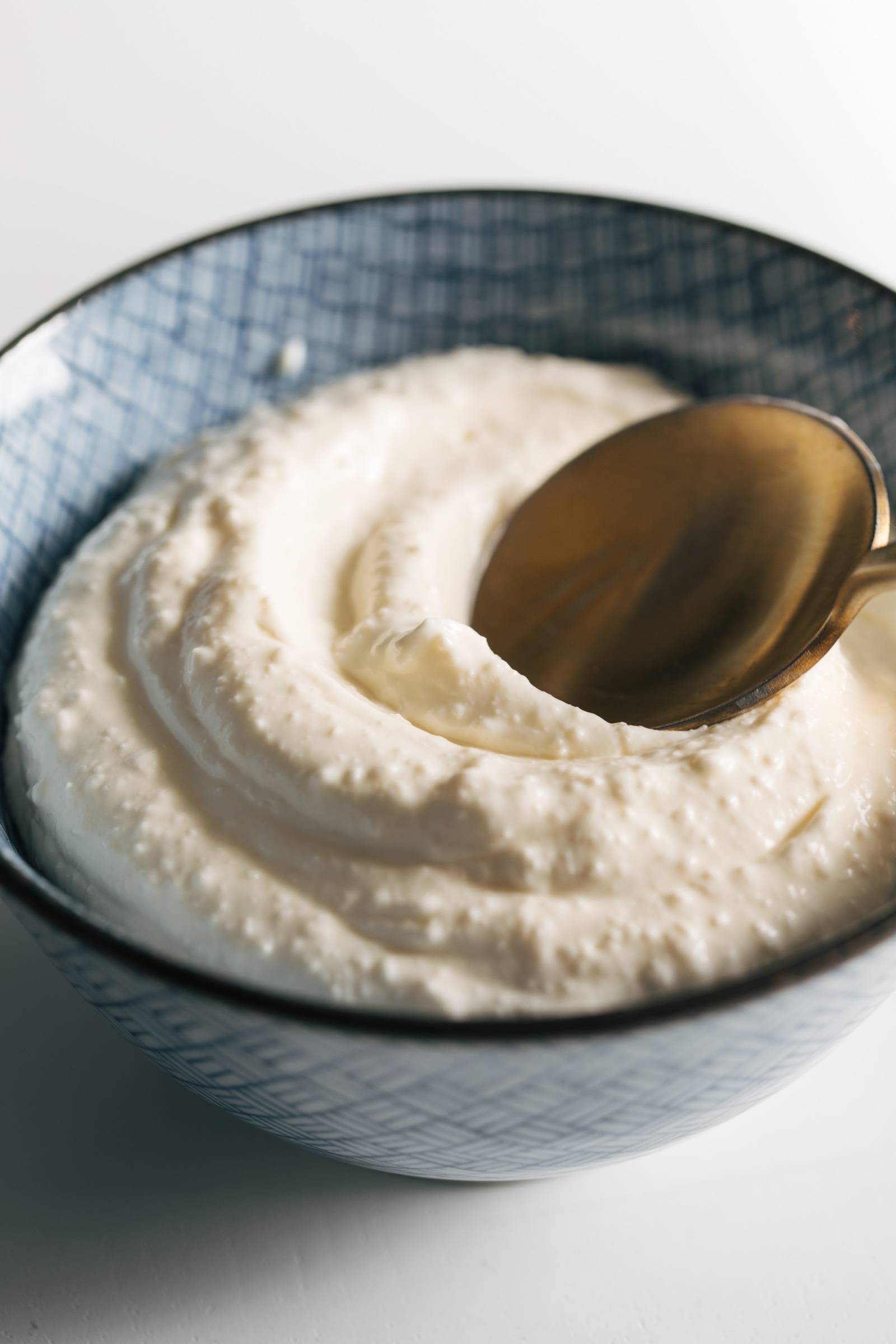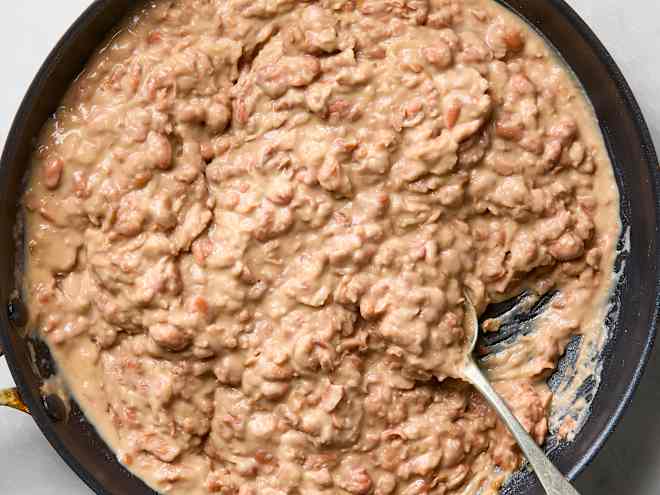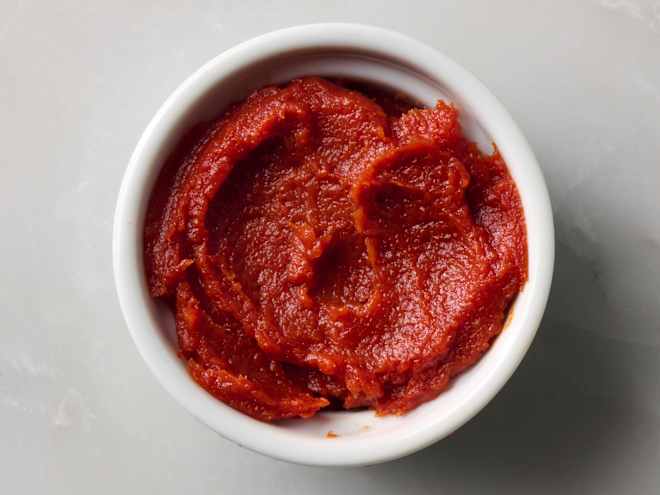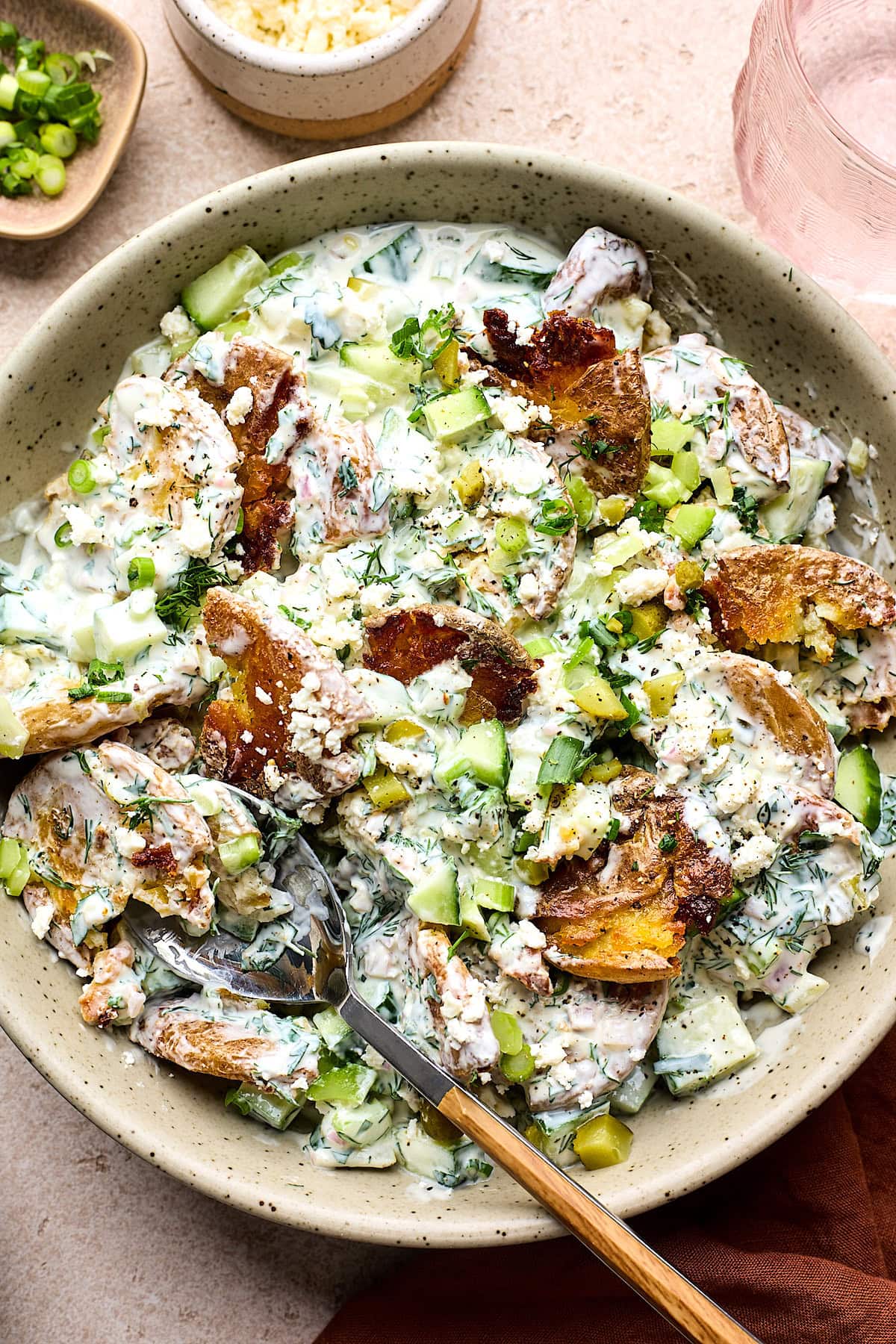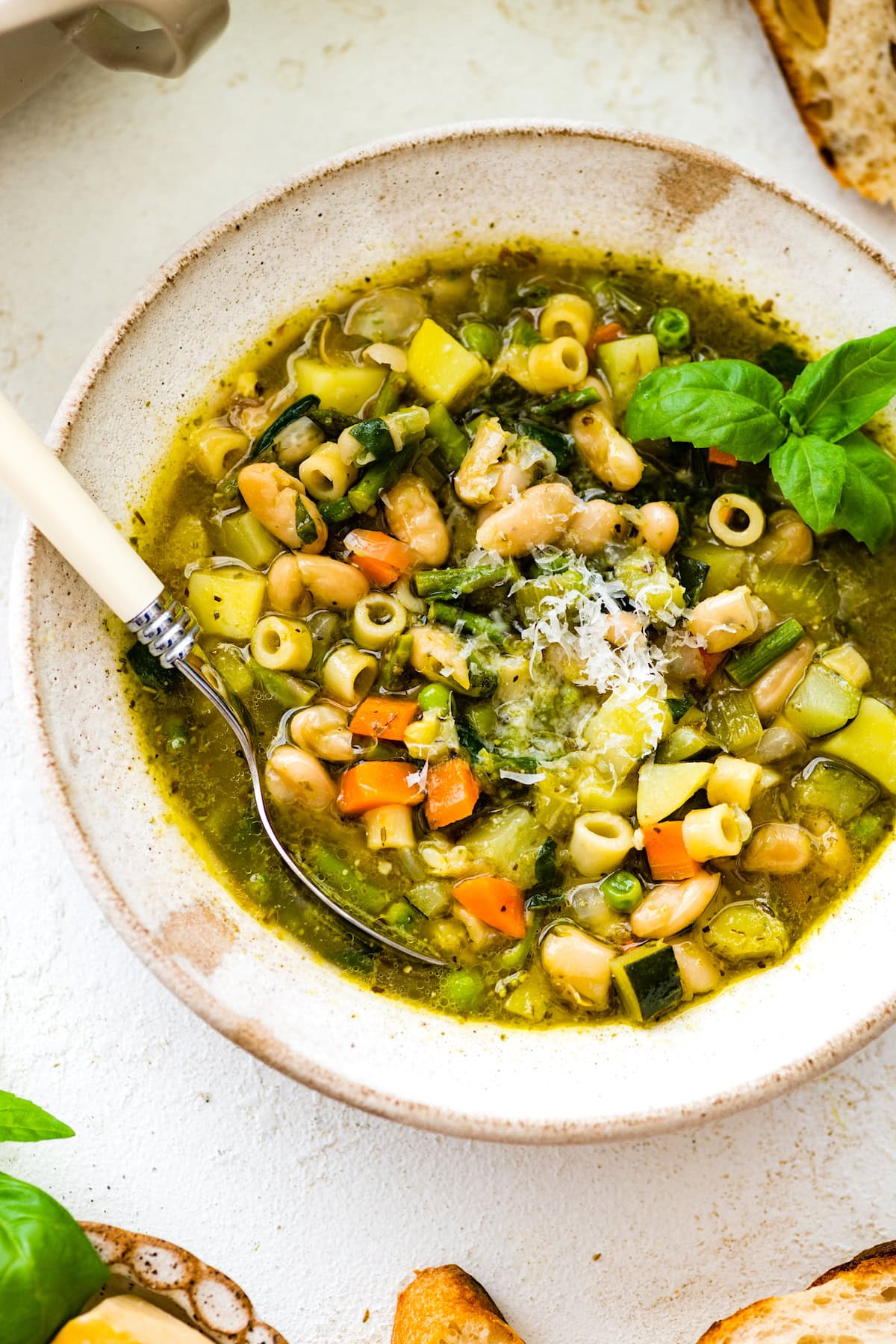Gator, Boar, and Venison? Inside the Boldest Bowl of Chili in Florida
Hundreds of years ago, long before terms like “forest to table” or “farm to fork” were trendy, Florida’s Indigenous tribes—Tocobaga, Mocoso, Pohoy, and later, Seminole—lived off the land, crafting the ultimate local cuisine. Today, a Tampa restaurant is bringing those historic flavors back to life—serving up tradition with a modern, mouthwatering twist. Legend says that Princess Ulele, a brave daughter of a Tocobaga chief who lived in the 1500s, bravely saved a Spanish soldier from certain death. The restaurant named in her honor, Ulele, is dedicated to showcasing indigenous-inspired dishes using sustainably sourced, often locally grown, ingredients. One of the eatery’s most noteworthy signature dishes is Florida Native Chili, a reflection of the state’s wild culinary roots. “We think about what people would have eaten around that time in this area, specifically when the Spanish arrived in the 1500s and interacted with Ulele,” says Ulele Executive Chef Patrick Quakenbush. “We're harkening back to that time period. There is a little bit of Spanish influence, but we try to use native ingredients that would have been here in the 1500s.” Made with an intoxicating blend of alligator, wild boar, venison, duck, ground beef chuck, steak, cranberry beans and spices, this hearty chili is one-part familiar, one-part exotic, and 100% delicious. This dish has been a mainstay on the restaurant’s menu since it opened in 2014 and has developed something of a cult following among patrons. “Chili is chili, but to have the ingredients that we have [is special],” says Quackenbush. “It really celebrates the history of Florida.” It’s those special ingredients that create the rich, layered flavors that keep guests coming back for more. “We really spare no expense to put the best ingredients in this chili,” Quakenbush says. “They are the things that make it special and go back to the Spanish roots of Columbia Restaurant [Ulele’s sister eatery within the 1905 Family Of Restaurants].” Some of the familiar, albeit high-end, ingredients include diced New York Strip, ground beef (the same used in Ulele’s burger blend of brisket and short rib meat) as well as fresh garlic, red and green peppers, tomatoes, red onions and jalapenos. The exotic meats in Ulele’s Native Chili offer a fun, approachable way to try something new while honoring tradition. These game meats, once hunted by Indigenous tribes in the region, are key to what makes this dish so special. The alligator is ground and offers a delicate flavor (so much that ground chicken or veal could substitute) and a serious dose of lean protein: according to the Florida Alligator Marketing & Education Committee, a 3.2-ounce serving of ground alligator meat has 46 grams of protein and only 4 grams of fat. The kitchen at Ulele sources its alligator from a sustainable farm in the Florida Everglades. Similarly, lean venison loin offers high protein and a subtly sweet flavor. The venison and the richer wild boar are diced for a uniform consistency and hearty meat in each bite. Duck confit—that is, duck legs cooked in duck fat—adds extra richness. (Pro tip: for home cooks looking to recreate this wild interpretation of classic chili flavors with a creative twist, Chef Quackenbush recommends looking for the more exotic meat ingredients at an online retailer such as Wild Fork, which ships nationwide). Florida Native Chili is anything but ordinary. Instead of canned kidney or black beans, Ulele’s recipe features protein and fiber-rich cranberry beans—with roots in South America, first brought to Europe by Spanish explorers in the 15th century. “The cranberry bean is a relative of the pinto bean, but it has some mauve or purple stripes,” Quackenbush says. “Here in Florida, they are comically referred to as ‘gator beans.” Cranberry beans are prized for their mild, creamy and nutty taste. To really dial up the flavor profile, Ulele’s kitchen uses three kinds of spices: arbol chili powder, ancho chili powder, and regular chili powder. Plus, there’s a secret ingredient you might not be able to pick out: a bit of Valrhona cocoa. The restaurant’s 4,000-gallon Ulele Spring Brewery supplies another layer of flavor in the form of Ulele Light Lager (available for purchase on-site), which lends some lightly floral notes to the finished chili. For locals, the culinary community and visitors, it’s exciting to see how dishes like this are helping to redefine Tampa Bay’s culinary landscape. Sure, people still crave fresh-squeezed orange juice, Key lime pie, fried grouper, Cuban sandwiches, and empanadas (who could blame them?). But a dish such as Florida Native Chili offers a fascinating—and approachable—window into the area’s food history. Even More Unusual and Delicious Options If Tampa visitors are on the hunt for other places to try inventive food that leans into the area’s wild side, worthy options abound. There’s the General Tso’s alligator dish at Hales Blackbrick Chinese restaurant

Hundreds of years ago, long before terms like “forest to table” or “farm to fork” were trendy, Florida’s Indigenous tribes—Tocobaga, Mocoso, Pohoy, and later, Seminole—lived off the land, crafting the ultimate local cuisine. Today, a Tampa restaurant is bringing those historic flavors back to life—serving up tradition with a modern, mouthwatering twist.

Legend says that Princess Ulele, a brave daughter of a Tocobaga chief who lived in the 1500s, bravely saved a Spanish soldier from certain death. The restaurant named in her honor, Ulele, is dedicated to showcasing indigenous-inspired dishes using sustainably sourced, often locally grown, ingredients. One of the eatery’s most noteworthy signature dishes is Florida Native Chili, a reflection of the state’s wild culinary roots. “We think about what people would have eaten around that time in this area, specifically when the Spanish arrived in the 1500s and interacted with Ulele,” says Ulele Executive Chef Patrick Quakenbush. “We're harkening back to that time period. There is a little bit of Spanish influence, but we try to use native ingredients that would have been here in the 1500s.”
Made with an intoxicating blend of alligator, wild boar, venison, duck, ground beef chuck, steak, cranberry beans and spices, this hearty chili is one-part familiar, one-part exotic, and 100% delicious. This dish has been a mainstay on the restaurant’s menu since it opened in 2014 and has developed something of a cult following among patrons. “Chili is chili, but to have the ingredients that we have [is special],” says Quackenbush. “It really celebrates the history of Florida.”


It’s those special ingredients that create the rich, layered flavors that keep guests coming back for more. “We really spare no expense to put the best ingredients in this chili,” Quakenbush says. “They are the things that make it special and go back to the Spanish roots of Columbia Restaurant [Ulele’s sister eatery within the 1905 Family Of Restaurants].” Some of the familiar, albeit high-end, ingredients include diced New York Strip, ground beef (the same used in Ulele’s burger blend of brisket and short rib meat) as well as fresh garlic, red and green peppers, tomatoes, red onions and jalapenos.
The exotic meats in Ulele’s Native Chili offer a fun, approachable way to try something new while honoring tradition. These game meats, once hunted by Indigenous tribes in the region, are key to what makes this dish so special.
The alligator is ground and offers a delicate flavor (so much that ground chicken or veal could substitute) and a serious dose of lean protein: according to the Florida Alligator Marketing & Education Committee, a 3.2-ounce serving of ground alligator meat has 46 grams of protein and only 4 grams of fat. The kitchen at Ulele sources its alligator from a sustainable farm in the Florida Everglades.
Similarly, lean venison loin offers high protein and a subtly sweet flavor. The venison and the richer wild boar are diced for a uniform consistency and hearty meat in each bite. Duck confit—that is, duck legs cooked in duck fat—adds extra richness. (Pro tip: for home cooks looking to recreate this wild interpretation of classic chili flavors with a creative twist, Chef Quackenbush recommends looking for the more exotic meat ingredients at an online retailer such as Wild Fork, which ships nationwide).


Florida Native Chili is anything but ordinary. Instead of canned kidney or black beans, Ulele’s recipe features protein and fiber-rich cranberry beans—with roots in South America, first brought to Europe by Spanish explorers in the 15th century. “The cranberry bean is a relative of the pinto bean, but it has some mauve or purple stripes,” Quackenbush says. “Here in Florida, they are comically referred to as ‘gator beans.” Cranberry beans are prized for their mild, creamy and nutty taste.
To really dial up the flavor profile, Ulele’s kitchen uses three kinds of spices: arbol chili powder, ancho chili powder, and regular chili powder. Plus, there’s a secret ingredient you might not be able to pick out: a bit of Valrhona cocoa. The restaurant’s 4,000-gallon Ulele Spring Brewery supplies another layer of flavor in the form of Ulele Light Lager (available for purchase on-site), which lends some lightly floral notes to the finished chili.
For locals, the culinary community and visitors, it’s exciting to see how dishes like this are helping to redefine Tampa Bay’s culinary landscape. Sure, people still crave fresh-squeezed orange juice, Key lime pie, fried grouper, Cuban sandwiches, and empanadas (who could blame them?). But a dish such as Florida Native Chili offers a fascinating—and approachable—window into the area’s food history.
Even More Unusual and Delicious Options
If Tampa visitors are on the hunt for other places to try inventive food that leans into the area’s wild side, worthy options abound. There’s the General Tso’s alligator dish at Hales Blackbrick Chinese restaurant, where chef Richard Hales fries tender ‘gator meat and tosses it in spicy sauce, orange preserves and chili crisp. Or, try smoked alligator ribs drenched in barbecue sauce at Skipper’s Smokehouse, a spot that’s been serving food and offering live music since 1980. Purists will love the ‘gator bites (otherwise known as ‘gator nuggets) at Whiskey Joe’s Bar and Grill, where they’re flash fried and served with chipotle aioli for dipping.

How to Make the Recipe at Home
Try your hand at making this crowd-pleasing chili at home with the recipe below or better yet, when you’re in Tampa, take a break from exploring the destination’s spectacular beaches, deep Cuban history and many outdoor activities and head to Ulele to experience the real thing.
Ulele Native Chili
Yield: 1 gallon
Ingredients
1 pound dried cranberry beans
3 Tablespoons salt
¼ cup vegetable oil
6 large garlic cloves, chopped
1 medium red pepper (approximately 3 ounces), seeds removed, ¼-inch dice
1 medium green pepper, seeds removed, ¼-inch dice
1-pound red onions, ¼-inch dice
1 medium jalapeño pepper, seeds removed, ¼-inch dice
1 ½ pounds 80/20 ground beef
½ pound New York Strip loin, excess fat trimmed, ¼-inch dice
¼ pound wild boar shoulder, excess fat trimmed, ¼-inch dice
¼ pound venison loin, excess fat trimmed, ¼-inch dice
1 teaspoon ground arbol chili powder
2 Tablespoons ground ancho chili powder
2 Tablespoons kosher salt
2 Tablespoons cocoa powder
1 cup chili powder
5 Tablespoons cumin
½ cup Ulele Light Lager
⅓ pound ground alligator meat
1 Tablespoons beef base
3 each, 14.5 ounce cans diced tomatoes
⅓ pound shredded duck confit
Method
Combine dried cranberry beans and salt in a medium stockpot, add cold water to double the amount of beans in the pot, cook beans over medium-high heat until al dente. Drain, cool and reserve until later in the recipe.
Heat oil in a large stockpot; add garlic, red and green peppers, red onion and jalapeno, sauté until translucent. Add ground beef and cook until golden brown, ensure all lumps are broken up, then add diced New York Strip loin, wild boar and venison, cook until golden brown, reduce heat to medium low and add in the following spices: arbol chili powder, ancho chili powder, kosher salt, cocoa powder, chili powder and cumin. Stir until fully incorporated.
Next, add the Ulele beer, beef base and alligator meat. Stir until beef base has dissolved, bring heat to medium high, and simmer until alligator is cooked (approximately 3 minutes). Finally, add diced tomatoes, shredded duck and the reserved cooked cranberry beans. Stir and reduce heat to medium. Simmer for 30 minutes and serve.



















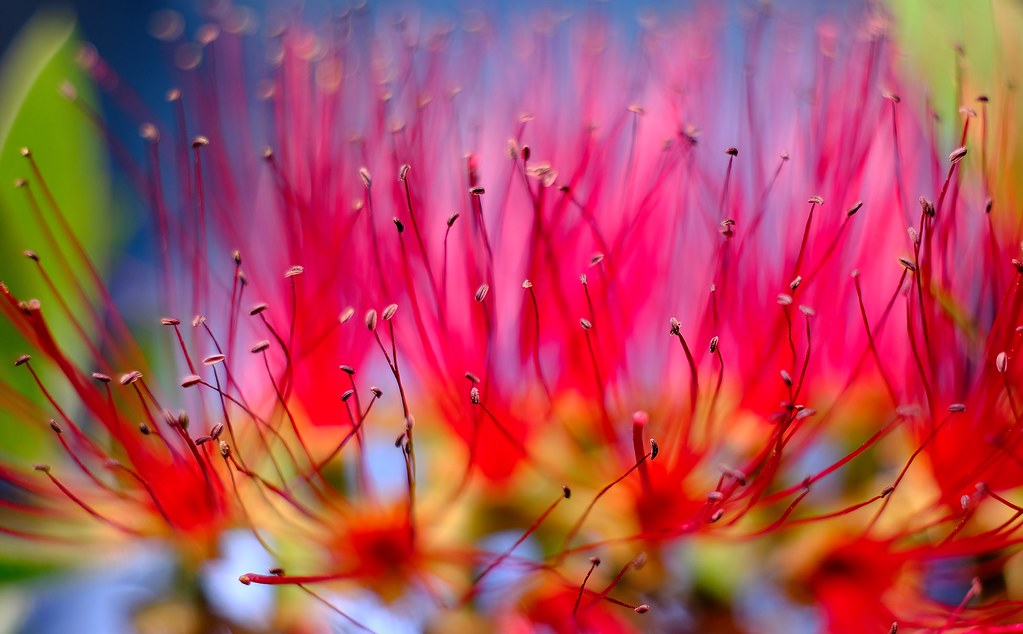
































![How to find and catch the Sea Leviathan in Fisch [2ND SEA] – Tips & Tricks](https://www.destructoid.com/wp-content/uploads/2025/03/how-to-find-and-catch-the-sea-leviathan-in-fisch.png)







































































